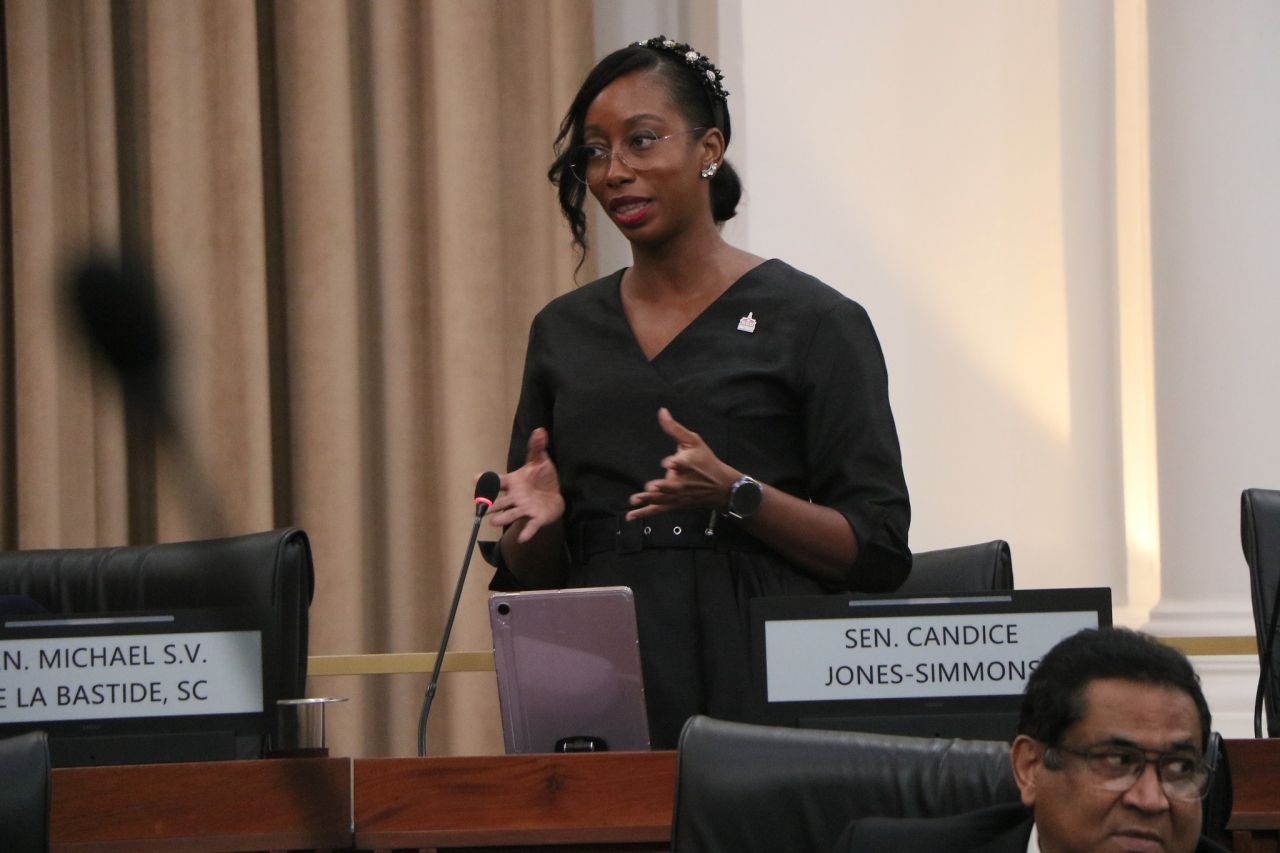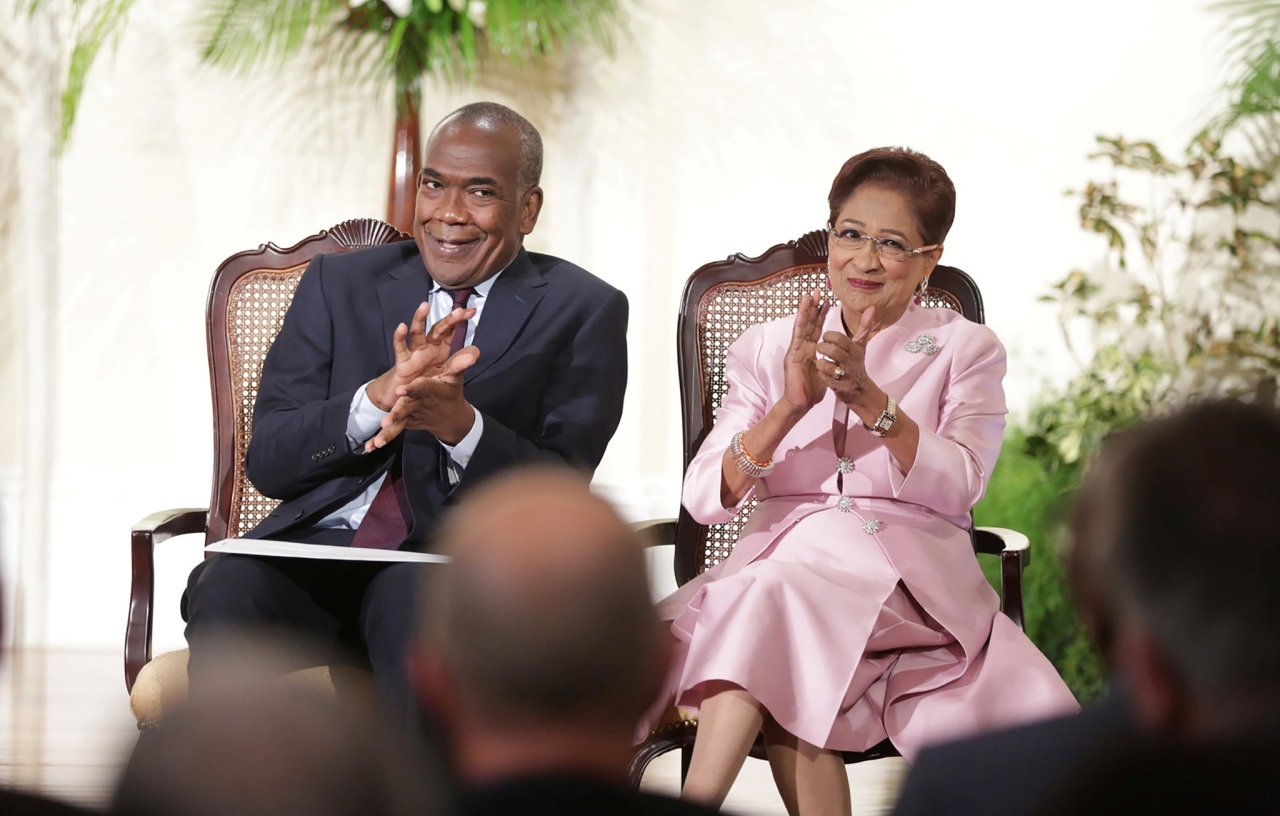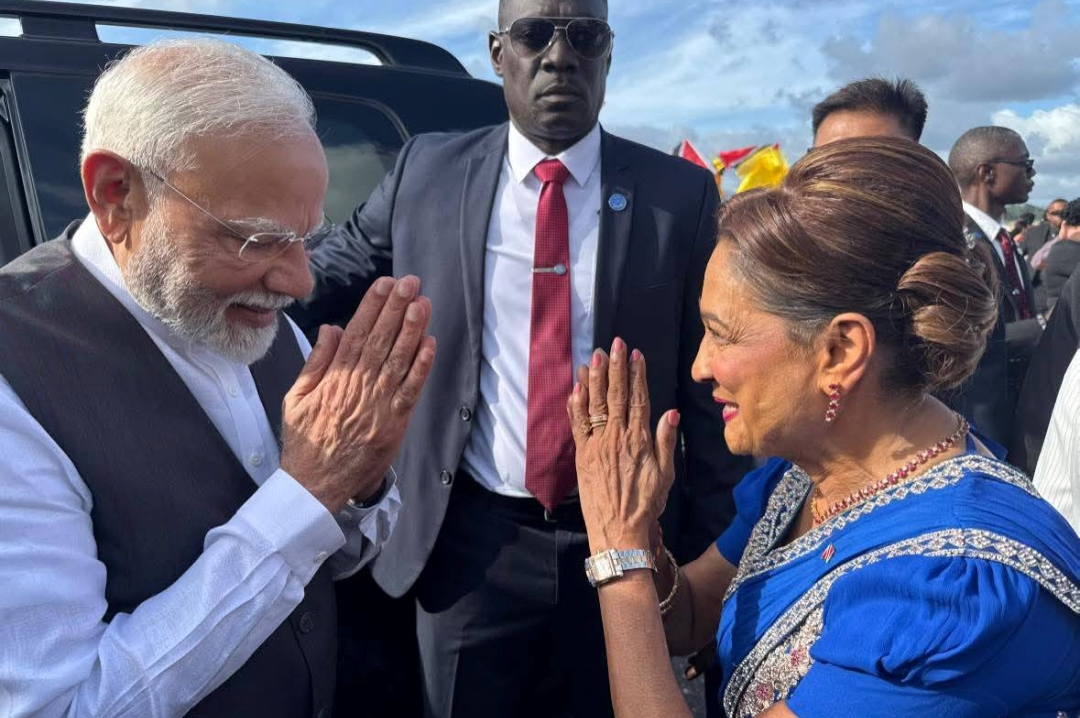As we go through five weeks of intense political campaigning, in the lead up to the 10 August General Election, expect to hear the word ãmarginalã used a lotãbe it ãmarginal seatã, ãmarginal constituencyã and, the perennial favourite, ãkey marginalã.
ãMarginalsã are a vital part of our electoral landscape, as they are where the outcome of political campaigns are decided and often attract disproportionate attention and funding, as elections draw nigh.

(Copyright Office of the Parliament)
In general terms, a marginal seat is one that is held by the incumbent with a small majorityãas compared to a ãsafe seatsã, which generally stay with the same political party election after election.
The safety of a seat is usually ranked in terms of the victorãs winning margin of votes over the second placed candidate as a percentage of all valid votes cast, rather than the absolute number they won by.
Using data from the 2015 general election, the largest majority win was in the constituency of Laventille West with a majority of 89.42% of the votes to the PNM candidate, Fitzgerald Hinds.
By contrast, the most marginal or closest seat in the last election was in Moruga/Tableland where the PNM candidate, Lovell Francis, won by a majority of 2.53% or 533 votes.
ãOne of the key issues that has arisen in [ãÎ] general election campaign has been the question of deciding which constituencies may be considered marginal and which ones are not,ã said Dr Hamid Ghany. ãThere are many ways in which a constituency may be deemed to be marginal that can range from emotion to scientific calculation.ã

(Copyright Office of the Parliament)
In 2002, Ghany designed a formula for the calculation of the outer limit of marginality. The inner limit of marginality will always be zero; but the outer limit is a moving target from election to election.
Utilising his formula and applying it to the 2015 election results, constituencies won by a margin of 3,400 votes or less represent (based on the data) marginal constituencies.
As a result, the following are the marginal constituencies for the 2020 general elections:
- Barataria/San Juan (540);
- Chaguanas East (1,424);
- Cumuto/Manzanilla (3,179);
- La Horquetta/Talparo (2,822);
- Mayaro (2,894);
- Moruga/Tableland (533);
- Pointe-a-Pierre (1,506);
- San Fernando West (3,310);
- St Joseph (1,633).

Forde and Rambharat will contest the seats of Tunapuna and Chaguanas East respectively.
(Copyright Allan V Crane/CA-Images/Wired868)
An outlier to keep an eye on isô Tunapuna (3,615).
Of those constituencies mentioned above, I believe the most critical to watch are:
- Barataria/San Juan;
- Chaguanas East;
- Moruga/Tableland;
- Pointe-a-Pierre;
- St Joseph.
It is interesting to note that, of those marginal seats, Terrence Deyalsingh (St Joseph) and David Lee (Pointe-a-Pierre) are the only incumbent MPs who are returning to the polls, while the rest are new candidates.
Tobago would also be interesting, as Watson Duke, the Tobago House of Assembly (THA) minority leader, attempts to rally support behind his vision for Tobago self-determination. If he captures one or both of the Tobago seats, it may well be a game changer.

(via Islandmix)
Another key factor for this campaign may be the current Covid-19 regulations.ô For most politicians, the campaign season offers a rare chance to get up close and personal with the public, as they try to persuade people to vote them into office.
Online political rallies, physically distanced door-knocking sessions, and fist bumps instead of handshakes would have been unthinkable a few months ago. But this is what candidates would have to get used to, as the clock ticks down to 10 August.
Rishi Maharaj is the CEO of Disclosure Today. He holds a BSc. and MSc. in Government from UWI and has over 10 years work experience in Trinidad and Tobago’s public sector. He is also a certified member of the Canadian Institute of Access and Privacy Professionals.
 Wired868 Wired868 for smart sport news and opinion
Wired868 Wired868 for smart sport news and opinion







Why not consider San Fernando West as a marginal. Considering results of the last local government elections, the closure of Petrotrin and the general displeasure on the ground with the performance of the MP.